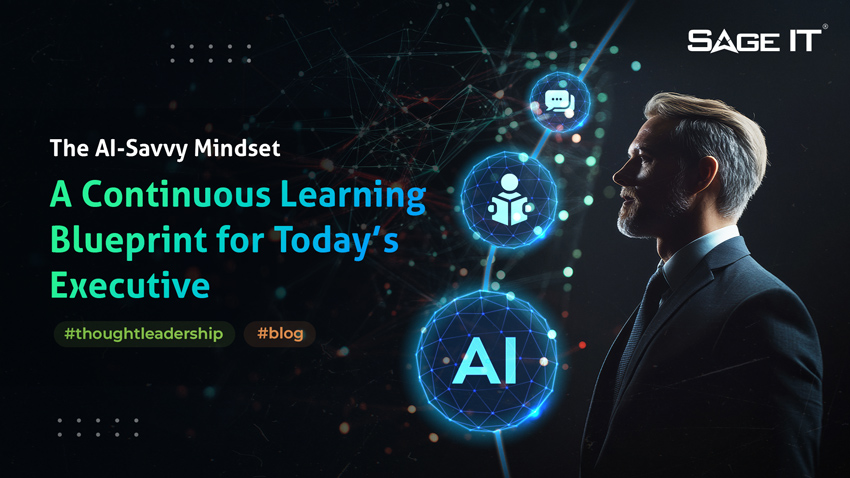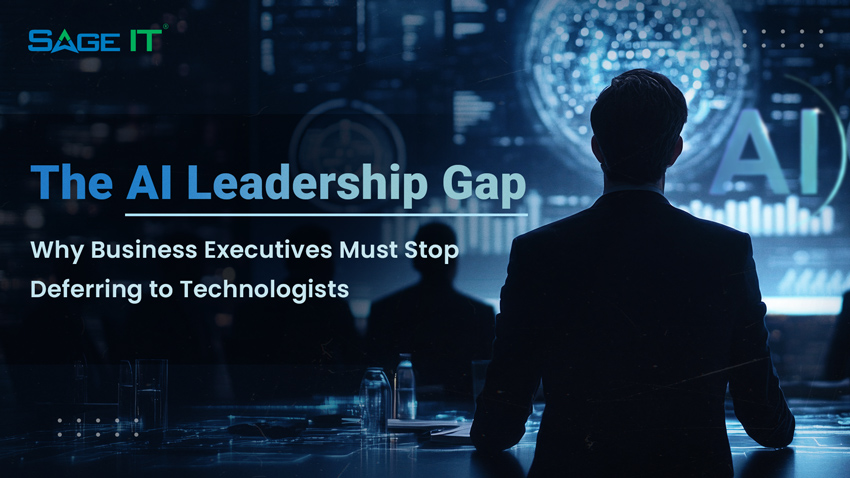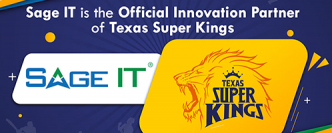What if an organization’s greatest quality risks weren’t on the production floor but buried in outdated policies, misrouted contract updates, or forgotten procedures? For many, that’s the hidden cost of treating Knowledge and Contract Management as a purely administrative task.
In the era of intelligent operations, continuing to treat Knowledge and Contract Management as a passive documentation function is no longer sustainable. Within Quality Control (QC), Knowledge & Contract Management has the potential to shift from a compliance chore to a strategic engine for operational excellence.
AI is now enabling this shift bringing intelligence, traceability, and speed to what were once manual, error-prone processes. From identifying regulatory changes to orchestrating review workflows, AI is helping organizations proactively manage content and compliance.
At the frontier of this evolution is Agentic AI, a new paradigm where autonomous, goal-oriented agents act not just as tools, but as collaborators.
Knowledge & Contract Management today should be a low-touch, high-reach function
Low-touch because most actions like tracking expiries, renewals, initiating change requests, routing approvals should be intelligent and automated.
High-reach because policies, contracts, and procedures influence decisions across every team, process, and audit boundary.
But in reality, many organizations operate in the opposite: high-touch, low-reach which is manual-heavy, siloed, and slow to scale. This is precisely the paradigm that Agentic AI disrupts.
Agentic AI is not just buzzwords and bots, it refers to autonomous, goal-oriented AI agents that can
Unlike traditional automation, these agents don’t just follow rules they understand purpose, intent, and process logic.
If you’re piloting this in CLM or knowledge workflows, our AI development services can build agentic flows with HITL checkpoints, CLM/DMS integration, and governance-aligned audit trails without adding review friction.
Here’s where it gets exciting, Agentic AI in the Quality Control ecosystem enables passive document oversight to an intelligent, adaptive control system
Document Repositories Become Interactive
- Instead of digging through folders, play “Find the Clause,” or just ask: “What’s the latest SOP on X?” or “Show me the change history for this policy.”
- It’s like chat meets compliance; surface what you need, when you need it, no guesswork
Change Requests Become Intelligent & Justified
- No more duplicate change requests floating around or edits that don’t tie back to anything.
- The system understands version history, knows what’s changed, and even helps draft updates in the right format and tone
Workflows move from checklist-based execution to dynamic orchestration
- Forget static checklists. If there’s a policy gap or something’s out of sync, document owners are nudged.
- Need a new policy created? Agents can auto-spin a draft with the right structure and data in place.
- And of course, humans still have the final say, it’s AI that tees it all up, fast and clean
Review Processes Are Smart and Accountable
- Approvals go to the right people, based on roles, not random assignments
- You can track exactly where things stand, and if a review’s stuck, someone gets pinged.
- Audit trails are built in, not an afterthought.
Outdated documents are no longer a silent risk
- Policy reviews are automatically tracked. Reviews prioritized based on importance.
- Nothing slips through the cracks and compliance posture stays tight.
All this naturally and inevitably leads to the big question: Can we trust AI to manage something as critical as quality documentation and compliance?
In Quality control, determinism isn’t optional, it’s foundational. Systems must behave predictably, actions must be traceable, and outcomes must be auditable. That’s exactly why Agentic AI in this context is designed to be largely deterministic, grounded in structured templates, governed workflows, and metadata models.
At the same time, it’s not rigid. These agents bring a layer of intelligent emergence, interpreting ambiguous inputs, surfacing relevant recommendations, and adapting to edge cases. And importantly, Human-in-the-Loop (HITL) validation remains a core principle, ensuring that AI enables quality but never overrides it.
The real value of Agentic AI is not about replacing quality teams, it’s about amplifying their impact at every step.
It’s not about removing human judgment, but about surrounding subject matter experts with digital teammates who work alongside with consistency, precision, and scale.
Organizations using AI-powered contract systems often see cycle times shrink by up to 40%, significantly speeding up deal flow and reducing bottlenecks.
Another study reports a 63% improvement in overall contracting efficiency, with nearly 35% faster contract completion, thanks to clearer workflows and better visibility.
McKinsey adds that agentic systems eliminate sequential delays by enabling parallel processing across tasks, so things get done faster, without adding headcount.
Going from high-touch to high-impact means less paperwork drama and more quality karma and Agentic AI in Knowledge, Contract management is doing exactly that – helping to work smarter, not harder.













